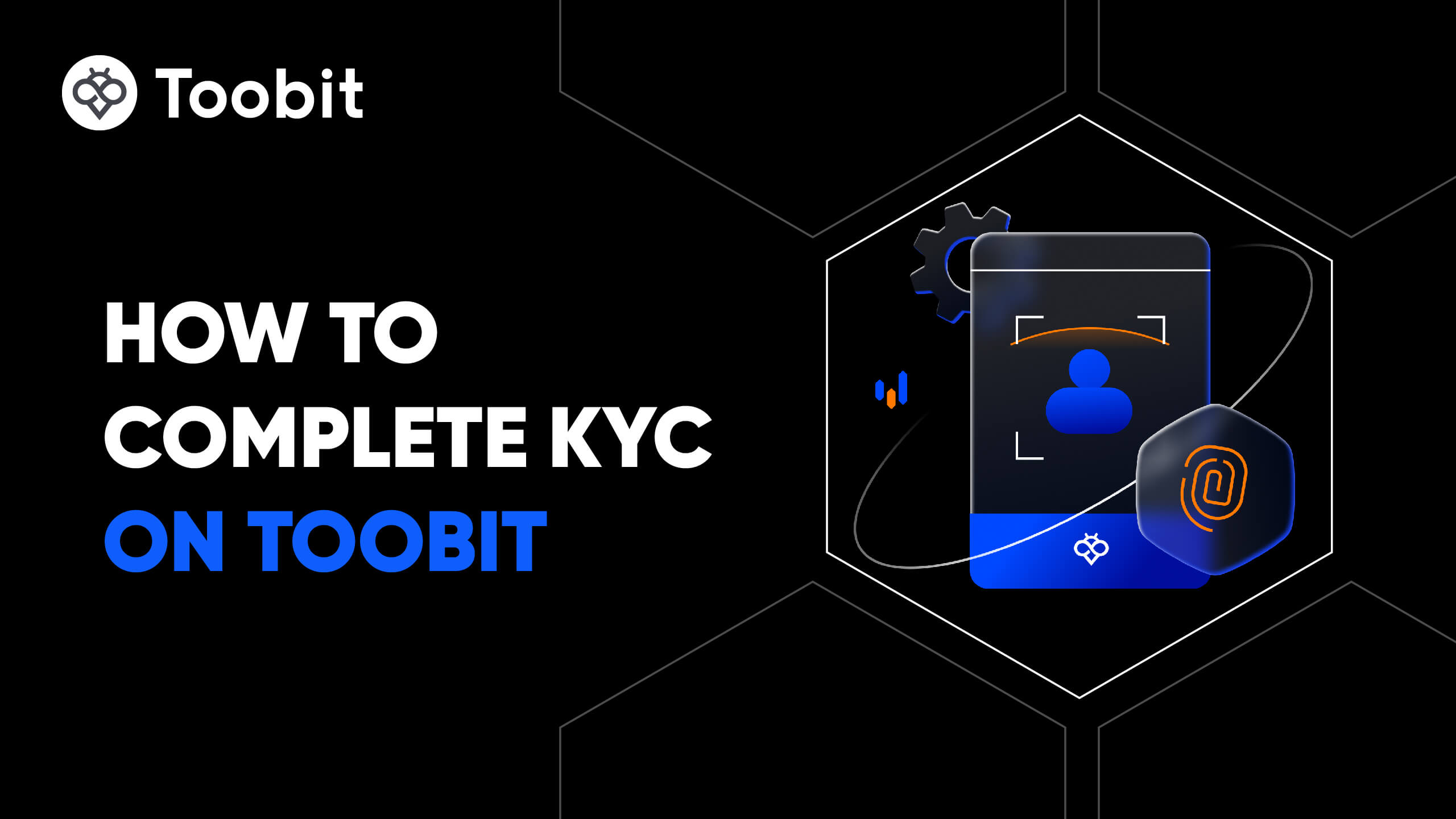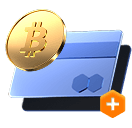Precio de undefined
Información del mercado de undefined
Precio en tiempo real de undefined hoy en USD
¿Cuánto vale 1 undefined en ?
Historial de precios de Bitcoin
¿Por qué el precio de Bitcoin fluctúa constantemente?
¿Qué factores afectan el rendimiento de los precios de Bitcoin?
Precios globales de Bitcoin
Cómo comprar --
¡Únete a Toobit ahora!
Regístrate en Toobit con tu dirección de correo electrónico/número de teléfono móvil y país de residencia, y crea una contraseña segura para proteger tu cuenta.
Verifica tu identidad
Completa la verificación de identidad proporcionando tus datos personales y una identificación con foto válida.
Agrega un método de pago y compra -- (--)
Agrega una tarjeta de crédito/débito o una cuenta bancaria después de verificar tu cuenta de Toobit. Utiliza múltiples opciones de pago para comprar -- en Toobit.
Opera futuros perpetuos de --
Después de registrarte en Toobit y comprar USDT o tokens --, puedes comenzar a hacer trading de derivados, incluidos Futuros -- y trading con margen para aumentar tus ingresos.
Únete a Copiar de -- con traders líderes
Después de registrarte en Toobit y comprar con éxito USDT o tokens --, también puedes comenzar el comercio de copias siguiendo a los Traders Líderes.
¿Dónde puedo comprar --?
Compra criptomonedas en la app de Toobit
Regístrate en minutos para comprar criptomonedas con tarjeta de crédito o transferencia bancaria.
Opera en Toobit
Deposita tus criptomonedas en Toobit y disfruta de alta liquidez y bajas comisiones de trading.
Sección de video — verificación rápida, operaciones rápidas

Cómo completar la verificación en Toobit y protegerte contra el fraude
- 1.Inicia sesión en tu cuenta de Toobit.
- 2.Si eres nuevo en Toobit, mira nuestro tutorial sobre cómo crear una cuenta.
- 3.Haz clic en el ícono de perfil en la esquina superior derecha de la barra de navegación y luego pulsa en la página de Identificación.



